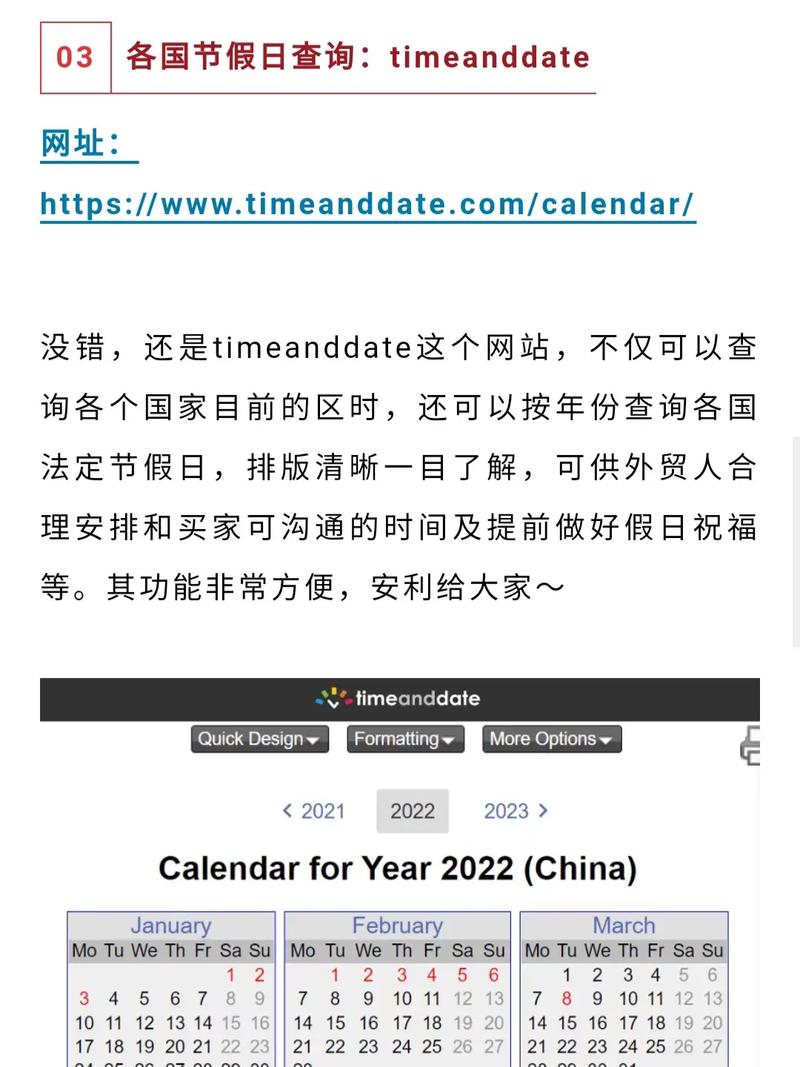
country code eth: A Comprehensive Overview of Ethiopia
Embarking on a journey through the African continent, one country stands out with its rich history, diverse culture, and vibrant economy. That country is Ethiopia, identified by the country code ETH. Let’s delve into the various dimensions of this fascinating nation.
Geography and Climate
Spanning an area of approximately 1.1 million square kilometers, Ethiopia is the second-most populous country in Africa. It is located in the Horn of Africa, sharing borders with Eritrea to the north, Djibouti to the northeast, Somalia to the east, Sudan to the west, and South Sudan to the southwest. The country boasts a diverse geography, ranging from the fertile highlands to the arid lowlands.

When it comes to climate, Ethiopia experiences a range of weather patterns. The highlands enjoy a temperate climate, with cool temperatures year-round. In contrast, the lowlands experience a hot and dry climate, particularly in the eastern and southern regions.
Population and Demographics
With an estimated population of over 110 million, Ethiopia is one of the most populous countries in Africa. The population is predominantly rural, with around 80% living in rural areas. The Oromo people are the largest ethnic group, accounting for approximately 34% of the population, followed by the Amhara (26%) and Tigray (6%) people.
Religion plays a significant role in Ethiopian society, with around 60% of the population practicing Orthodox Christianity. Islam is the second-largest religion, followed by Protestantism and Catholicism.
Economy and Development
Although Ethiopia is classified as a lower-middle-income country, it has made significant strides in economic development. The country’s economy is primarily agrarian, with around 80% of the population engaged in agriculture. Coffee, tea, and oilseeds are the main agricultural exports.

In recent years, Ethiopia has been diversifying its economy, focusing on industrialization and infrastructure development. The government has been investing in sectors such as manufacturing, textiles, and leather. The country has also been successful in attracting foreign direct investment (FDI) in various sectors.
Table 1: Ethiopia’s Economic Indicators (2019-2020)
| Indicator | 2019 | 2020 |
|---|---|---|
| GDP (USD billion) | 100.5 | 102.2 |
| GDP growth rate (%) | 8.7 | 3.8 |
| Unemployment rate (%) | 17.5 | 18.5 |
| Export value (USD billion) | 4.5 | 4.2 |
Culture and Heritage
Ethiopia is a country with a rich cultural heritage, dating back thousands of years. The country is often referred to as the “cradle of humanity” due to its significance in human history. The ancient city of Axum, located in the northern part of the country, is home to the Obelisk of Axum, the oldest obelisk in the world.
Traditional Ethiopian music and dance are an integral part of the country’s culture. The most famous dance is the “belly dance,” which is performed by both men and women. The country’s cuisine is also a reflection of its diverse heritage, with a variety of dishes made from local ingredients.
Challenges and Opportunities
Despite its progress, Ethiopia faces several challenges. The country has been affected by political instability, drought, and conflicts in recent years. These challenges have had a negative impact on the economy and social development.
However, Ethiopia also presents numerous opportunities. The government’s focus on industrialization and infrastructure development, coupled with its young and growing population, offers a promising future for the country.
In conclusion, Ethiopia, with its country code ETH, is a nation with a rich history, diverse culture, and vibrant economy. As the country continues to overcome its challenges and embrace its opportunities, it is poised to play a significant role in the African continent and beyond.



